Stuttgart pack, c.1430
The luxury, hand-painted Stuttgart Cards (Stuttgarter Kartenspiel) dated c.1430, with suits of ducks, falcons, stags and hounds.
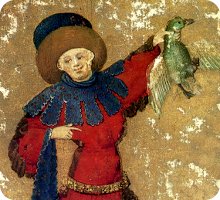
The Painted Stuttgart cards, c.1430
Ducks, falcons, stags and hounds... luxury playing cards from southwest Germany, probably for fashionable esteem. Around 1400 the sport of hunting was part of life at court, as depicted in books and playing cards of the day.
Originally in the collections of the dukes of Bavaria, these are considered amongst the earliest surviving sets of playing cards. The cards are made from pasteboard consisting of up to six sheets of paper glued together, over which a layer of gesso was applied on the front side. Outlines of the designs were scratched into the surface, while some details were drawn with pen and ink. The entire surface was gilded and the designs were then painted over the gold using a variety of colours and metal applications. The backs are painted dark red. A study of the watermarks in the paper revealed that it came from the Ravensburg paper mill and was made between 1427 and 1431.
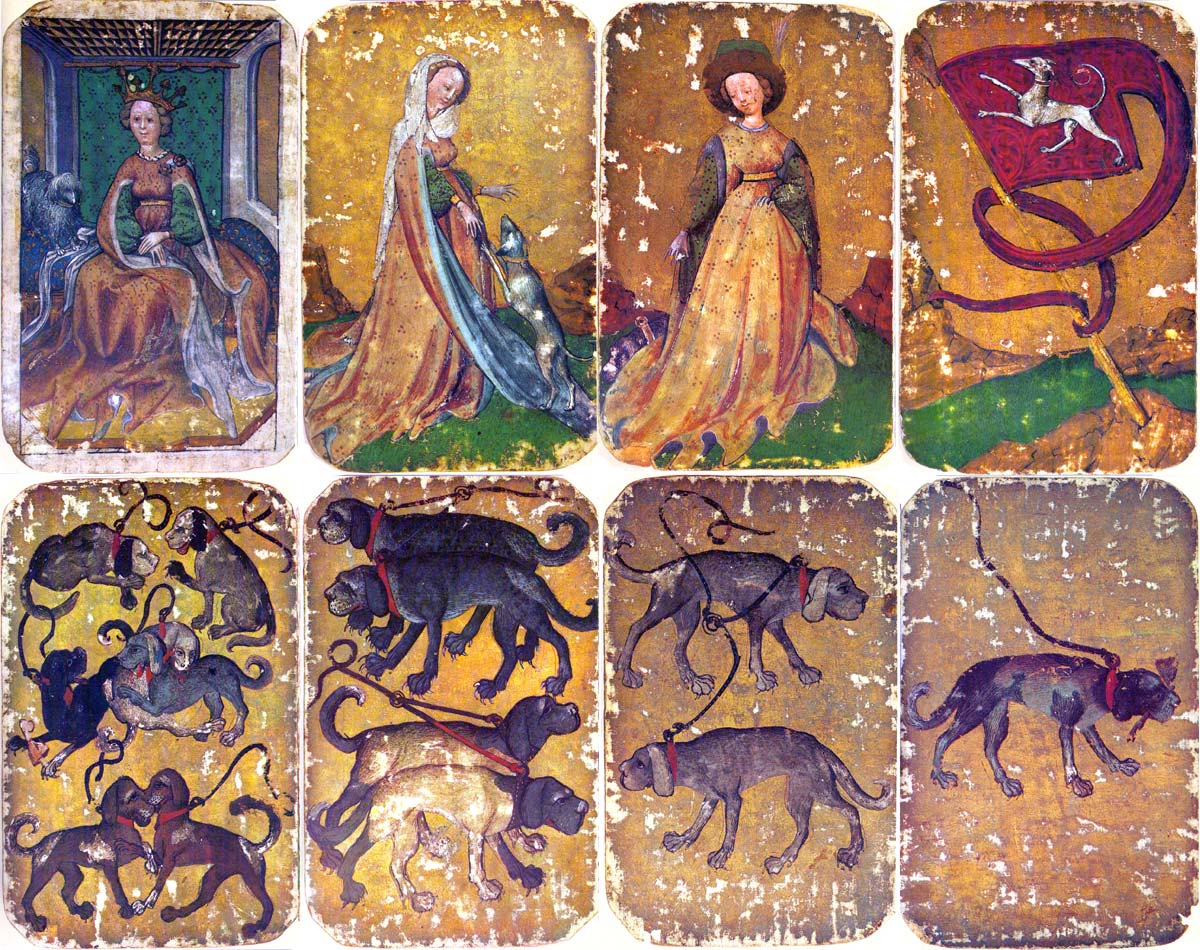
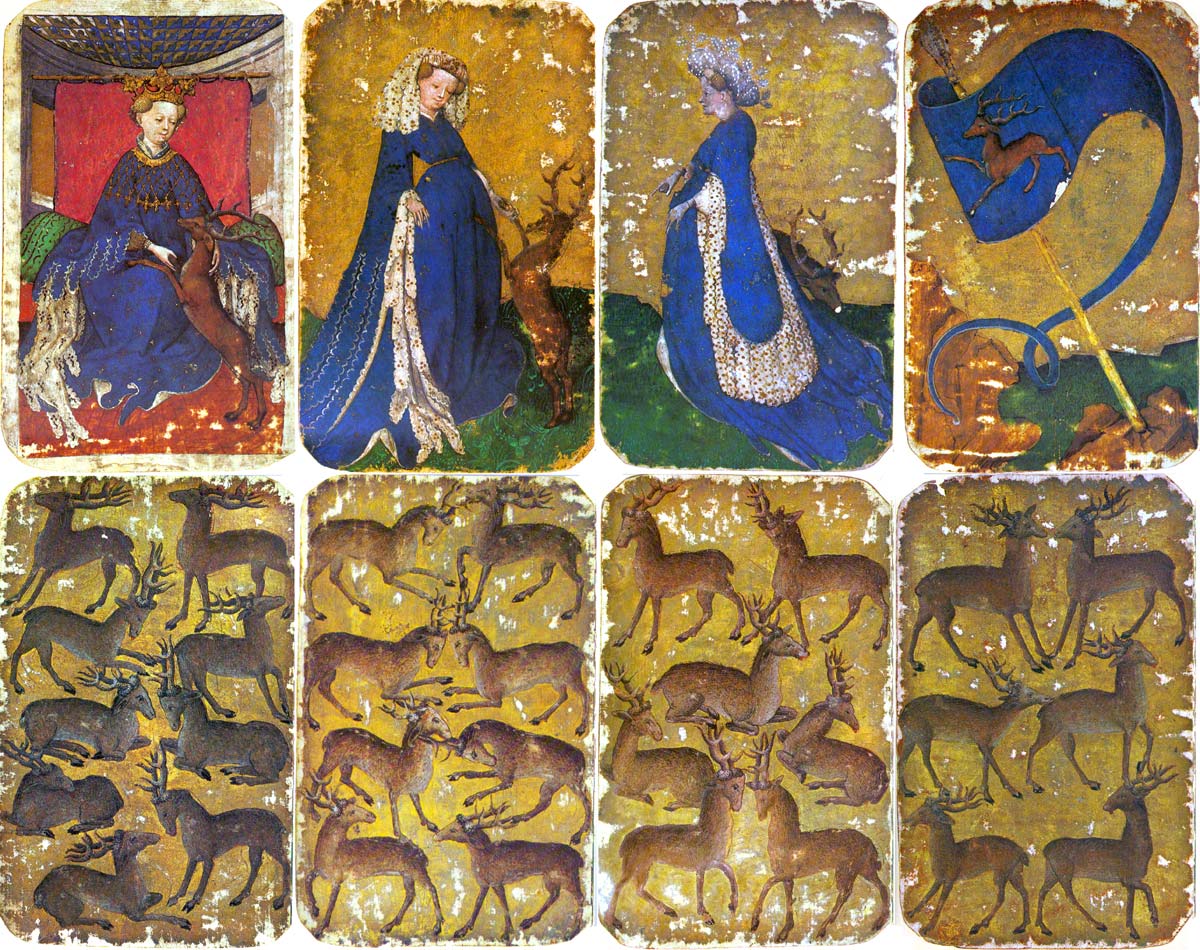
Above & Below: the pack originally contained 52 cards with suits of ducks, falcons, stags and hounds: the numeral cards (1 - 9 + banner card) with King, Knight and Knave for ducks and hawks, and female counterparts for stags and dogs. In the court cards the suit symbols are depicted in a harmonious relationship with the human figures: the artist has portrayed a somewhat idyllic lifestyle with close relationships between the figures and the animals.
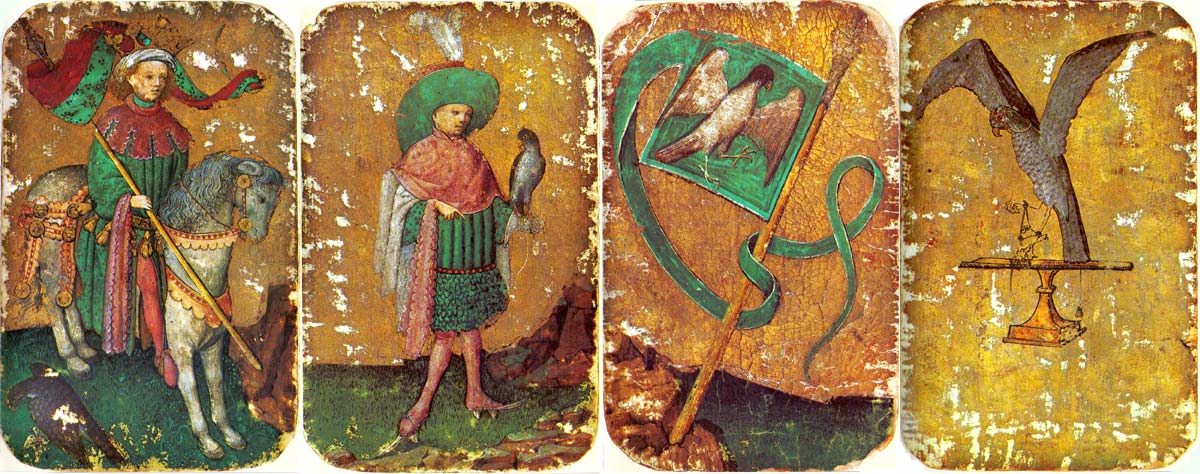
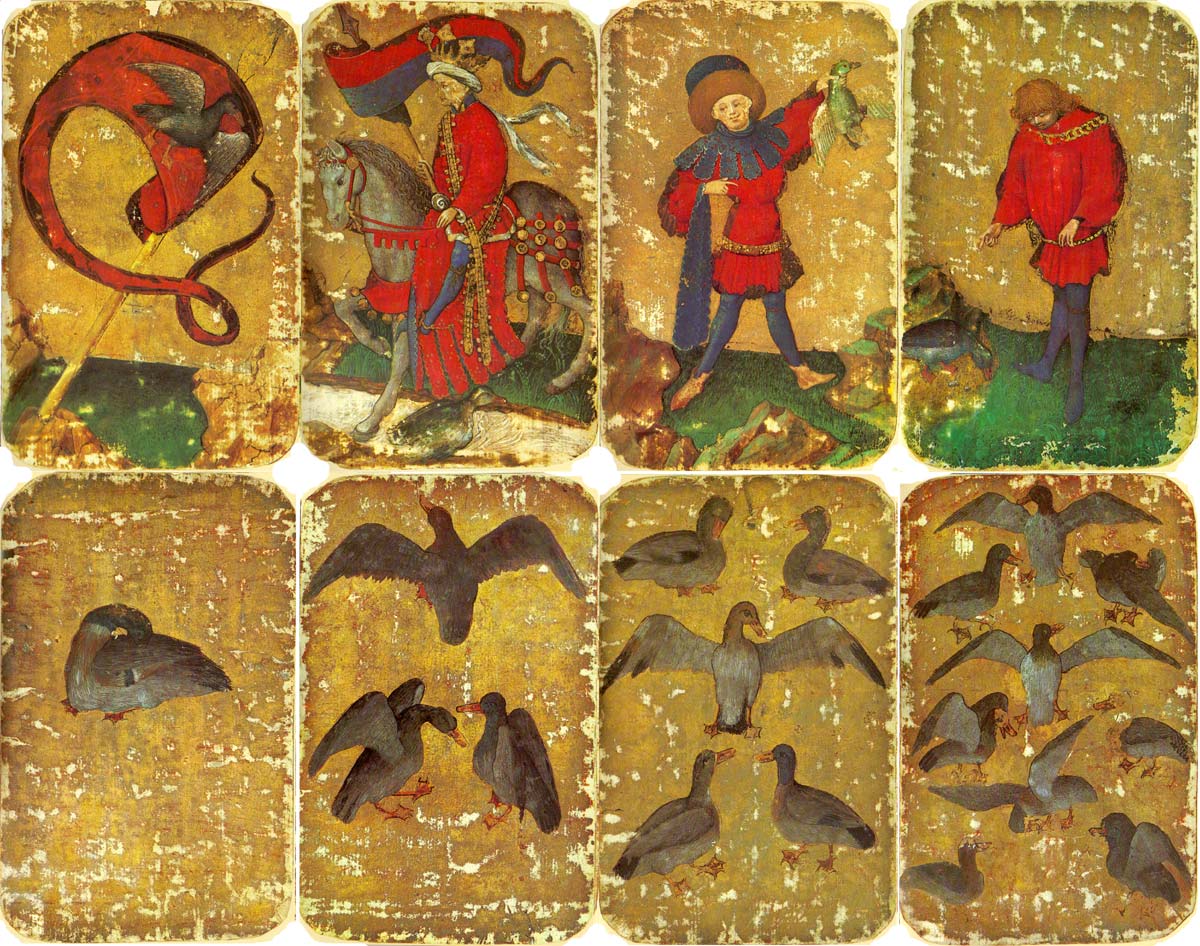
Above: the background landscape representations include details such as grass, water and cliff formations, with the court figures depicted in a natural habitat rather than in abstract space. The colour scheme is simple in that all the cards have a uniform gold background and the court cards are colour coded with their respective banner cards. The original cards are preserved in the Landesmuseum Württemberg.►
In the paint layers of the Stuttgarter Kartenspiel an impressive range of pigments has been detected: white lead, chalk, lead-tin yellow, yellow lake, green basic copper sulphate hydrate, copper green, azurite, vermilion, red lake, minium, charcoal black, and lamp black. A considerable variety of different metal applications results in the splendid appearance of the playing cards: poliment twist-gold, unpolished silver and gold leaf on a white ground, mordant gilding, gilding with mosaic gold, and glazing of twist-gold and mosaic gold with red lake have been observed.
These cards were made by an unknown workshop in southern Germany, possibly Swabia. The artist has chosen suit symbols and the court hierarchy in relation to the theme of the courtly hunt. Parallels with Italian hand-painted cards can be seen in the attitudes of the court cards and the narrow landscapes with grass, whilst similarities in the arrangement of the numeral cards can be noted in other early playing cards from Germany (e.g. Master of the Playing Cards).

REFERENCES
The 'Stuttgarter Kartenspiel': Scientific Examination of the Pigments and Paint Layers of Medieval Playing Cards, Ernst-Ludwig Richter and Heide Härlin, Studies in Conservation, Vol. 21, No. 1 (Feb., 1976), pp. 18-24.
Das Stuttgarter Kartenspiel: Introduction by Heribert Meurer, translated by George Brown, Württembergisches Landesmuseum, Stuttgart, 1979
Landesmuseum Württemberg: Stuttgarter Kartenspiel►
By Simon Wintle
Spain • Member since February 01, 1996 • Contact
I am the founder of The World of Playing Cards (est. 1996), a website dedicated to the history, artistry and cultural significance of playing cards and tarot. Over the years I have researched various areas of the subject, acquired and traded collections and contributed as a committee member of the IPCS and graphics editor of The Playing-Card journal. Having lived in Chile, England, Wales, and now Spain, these experiences have shaped my work and passion for playing cards. Amongst my achievements is producing a limited-edition replica of a 17th-century English pack using woodblocks and stencils—a labour of love. Today, the World of Playing Cards is a global collaborative project, with my son Adam serving as the technical driving force behind its development. His innovative efforts have helped shape the site into the thriving hub it is today. You are warmly invited to become a contributor and share your enthusiasm.

Leave a Reply
Your Name
Just nowRelated Articles
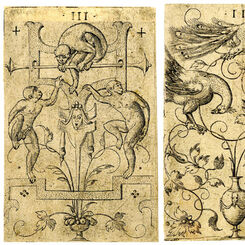
Virgil Solis
Remarkable pack of 52 animal-suited playing-cards designed and etched by Virgil Solis.
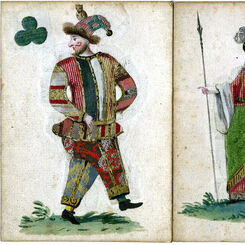
Hand-painted and Silk-inlaid playing cards
Complete pack of 36 hand-painted and silk-inlaid playing cards with French suits made in Germany.
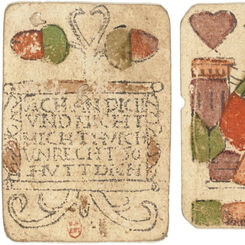
Early German playing cards
Some early examples of popular German playing cards from the XV and XVI centuries.
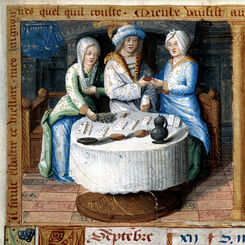
Gambling and Vice in the Middle Ages
Gambling and Vice in the Hours of Charles V: card-playing in the local tavern
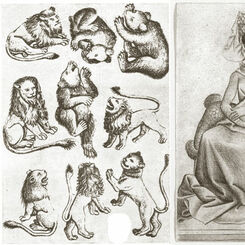
Master of the Playing Cards
Animal suited playing cards engraved by the Master of the Playing Cards, Germany, c.1455
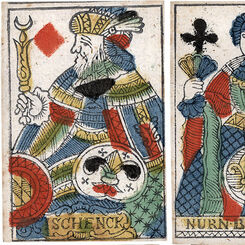
I. Schenck, Nuremberg
I. Schenck, Nuremberg, late XVIIIth century
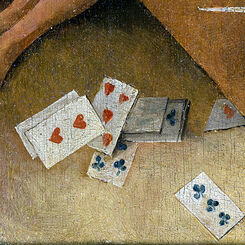
Hidden meanings in painting by Jheronimus Bosch
Medieval View of Gambling in the ‘Garden of Earthly Delights’ by Jheronimus Bosch
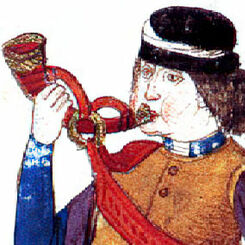
Flemish Hunting Deck
Set of medieval playing cards with King, Queen, Knave and numeral cards from one to ten in each of f...

Hans Sebald Beham
Playing cards designed by Hans Sebald Beham (1500–1550).

Old Bavarian pattern
Uncut sheets of playing cards of the Old Bavarian pattern by Michael Schatzberger, Passau, c.1780.
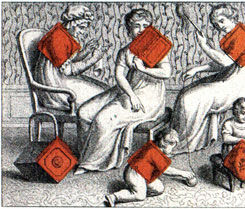
Cotta Transformation playing cards
In 1804, J.G. Cotta, a publisher and bookseller in Tübingen, Germany, produced the first set of tran...
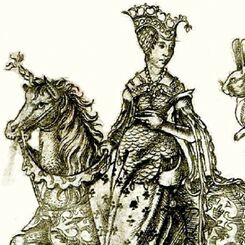
Master PW Circular Cards
Master PW Circular Playing Cards: roses, columbines, carnations, parrots and hares... everyday objec...
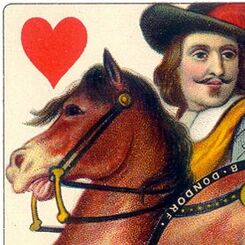
Dondorf
The luxury playing card factory founded in Frankfurt am Main by Bernhard Dondorf in 1833 existed for...

Hunting Depicted on Playing Cards
In the Middle Ages hunting was an integral part of life.
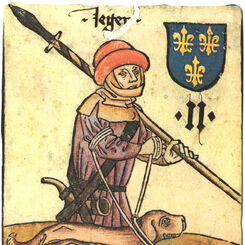
Hofamterspiel, c.1460
Hofamterspiel, c.1460
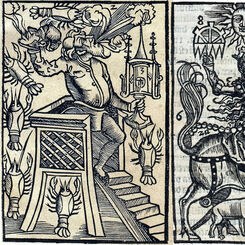
Logica Memorativa
Logica Memorativa playing cards by Thomas Murner, Brussels, 1507.
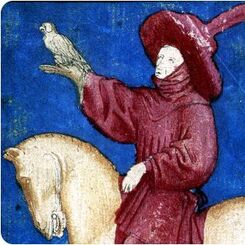
The Princely Hunting pack, c.1440
The Princely Hunting Pack, c.1440/45, is attributed to Konrad Witz and his workshop in Basle.
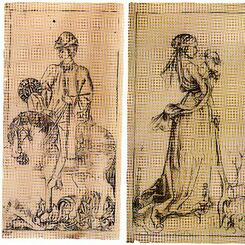
Early German Engraved Playing-cards
During the second half of the fifteenth century, with printing technology commercially established a...

Playing cards in the Upper Rhine region
Documentary evidence suggests that card playing established itself in Italy in 1376, and then spread...
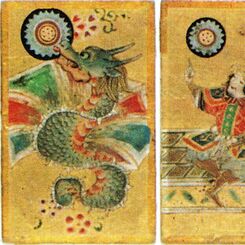
Unsun Karuta
Unsun Karuta うんすんかるた Japan c.1780.
Most Popular
Our top articles from the past 60 days


 Your comment here. Your comment here. Your comment here. Your comment here. Your comment here. Your comment here. Your comment here. Your comment here. Your comment here. Your comment here. Your comment here. Your comment here. Your comment here. Your comment here. Your comment here. Your comment here. Your comment here. Your comment here. Your comment here. Your comment here. Your comment here. Your comment here. Your comment here. Your comment here. Your comment here. Your comment here. Your comment here. Your comment here. Your comment here. Your comment here. Your comment here. Your comment here.
Your comment here. Your comment here. Your comment here. Your comment here. Your comment here. Your comment here. Your comment here. Your comment here. Your comment here. Your comment here. Your comment here. Your comment here. Your comment here. Your comment here. Your comment here. Your comment here. Your comment here. Your comment here. Your comment here. Your comment here. Your comment here. Your comment here. Your comment here. Your comment here. Your comment here. Your comment here. Your comment here. Your comment here. Your comment here. Your comment here. Your comment here. Your comment here.




















